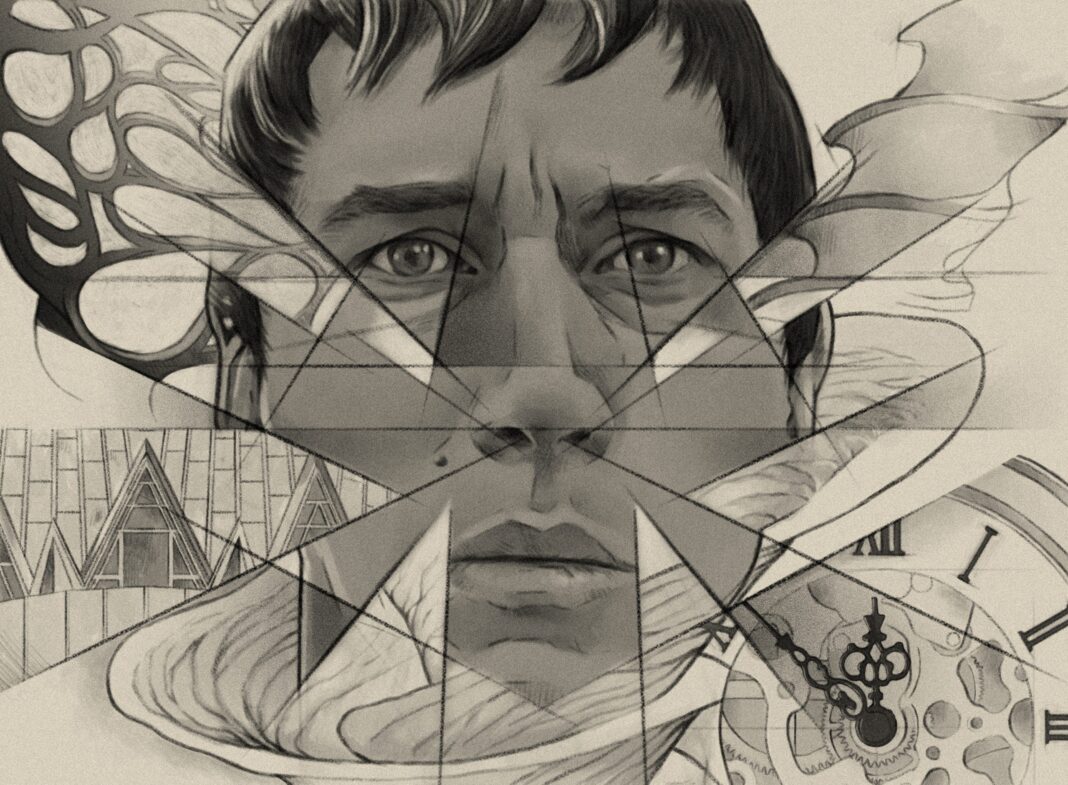Megalopolis, Francis Ford Coppola’s ambitious cinematic endeavor, is a deeply personal reflection on legacy and the future of film in a world filled with uncertainty.
The Story So Far
In a near-future New York, a visionary named Cesar Catilina (played by Adam Driver) emerges as a beacon of hope amid chaos. With the city teetering on the brink of a dystopian nightmare, Catilina proposes a radical plan to rebuild New Rome using a mysterious particle called Megalon. As he rallies support for his utopian vision, he faces opposition from a cadre of politically inept and morally dubious figures, including the conniving Hamilton Crassus III (Jon Voight). This epic tale, filled with ambition and existential questions, serves as both a love letter to cinema and a poignant meditation on legacy and ambition.
Full Review
A Cinematic Visionary’s Long Road
Coppola’s journey to create Megalopolis has been marked by decades of development, with ideas brewing since as early as 1983. The film wrestles with notions of legacy, ambition, and the role of the artist in society. With a rich history of filmmaking, Coppola is no stranger to the scrutiny of critics and audiences alike, who often question the motivations behind a legendary director’s choices.
Coppola’s Exploration of Legacy
Throughout his career, Coppola has grappled with the concept of legacy, a theme evident in his earlier masterpieces like The Godfather trilogy and Apocalypse Now. In Megalopolis, he juxtaposes the idealism of youth with the disillusionment of age, reflected in the characters of Catilina and Crassus. Catilina embodies the hope and innovation of a new generation, while Crassus represents a bygone era of power and excess.
The Characters
Cesar Catilina, as a character, serves as an avatar for Coppola himself—a dreamer misunderstood by the world around him. The casting of actors like Voight and Dustin Hoffman, who have faced their own controversies, adds layers of complexity to the narrative. Their presence raises questions about redemption and the nature of success in an industry that can be unforgiving.
Themes of Hope and Despair
Megalopolis delves into the duality of hope and despair, with Catilina’s aspirations serving as a counterpoint to the grim realities of his environment. As he passionately advocates for a better future, the film invites the audience to reflect on their own beliefs. Will they embrace the vision of a brighter tomorrow or succumb to the bleakness of the present?
Coppola’s Unique Direction
Coppola’s direction, characterized by a maximalist approach, challenges viewers with its boldness. The film is filled with rich visual references that span cinematic history, from German Expressionism to contemporary pop culture. This eclectic mix not only pays homage to the past but also serves as a commentary on the state of modern cinema.
The Soundtrack and Cinematography
The soundtrack of Megalopolis complements its ambitious visuals, weaving together a tapestry of sounds that enhance the emotional weight of the narrative. The cinematography captures the contrasting worlds of hope and despair, with vibrant colors juxtaposing the bleakness of Catilina’s surroundings. This visual storytelling reinforces the film’s thematic exploration of legacy and ambition.
Conclusion
Megalopolis stands as a testament to Francis Ford Coppola’s relentless pursuit of artistic expression. It is a film that dares to confront the complexities of legacy and the human condition. With its rich narrative, powerful performances, and striking visuals, Megalopolis is not just a cinematic experience; it’s a bold statement about the future of filmmaking and the enduring power of hope amid uncertainty.
Frequently Asked Questions
1. What is the main theme of Megalopolis?
The main theme revolves around legacy, ambition, and the duality of hope and despair in a rapidly changing world.
2. Who stars in Megalopolis?
The film features Adam Driver as Cesar Catilina, along with Jon Voight, Dustin Hoffman, and Nathalie Emmanuel.
3. When was Megalopolis developed?
Coppola began developing the film in the early 1980s, with ideas circulating since 1983.
4. How does Megalopolis reflect Coppola’s career?
It reflects his preoccupation with legacy and ambition, echoing themes from his earlier works like The Godfather and Apocalypse Now.
5. What style of filmmaking does Coppola employ in Megalopolis?
Coppola employs a maximalist style that incorporates diverse cinematic influences and bold visual storytelling.
6. Is there a political undertone in Megalopolis?
Yes, the film explores themes of political ambition and social responsibility in a fictionalized future.
7. What significance does the character of Catilina hold?
Catilina represents hope and innovation, serving as a mirror to Coppola’s own artistic journey and aspirations.
8. How does the soundtrack contribute to the film?
The soundtrack enhances the film’s emotional depth and complements the visual storytelling.
9. What does the film suggest about the future?
Megalopolis suggests that despite challenges, hope and ambition can pave the way for a better future.
10. Where can I watch Megalopolis?
Check platforms like Netflix, Prime Video, or Hotstar for availability.
Tags: Megalopolis, Francis Ford Coppola, film review, cinema legacy, Adam Driver, movie analysis, cinematic themes, film history.

